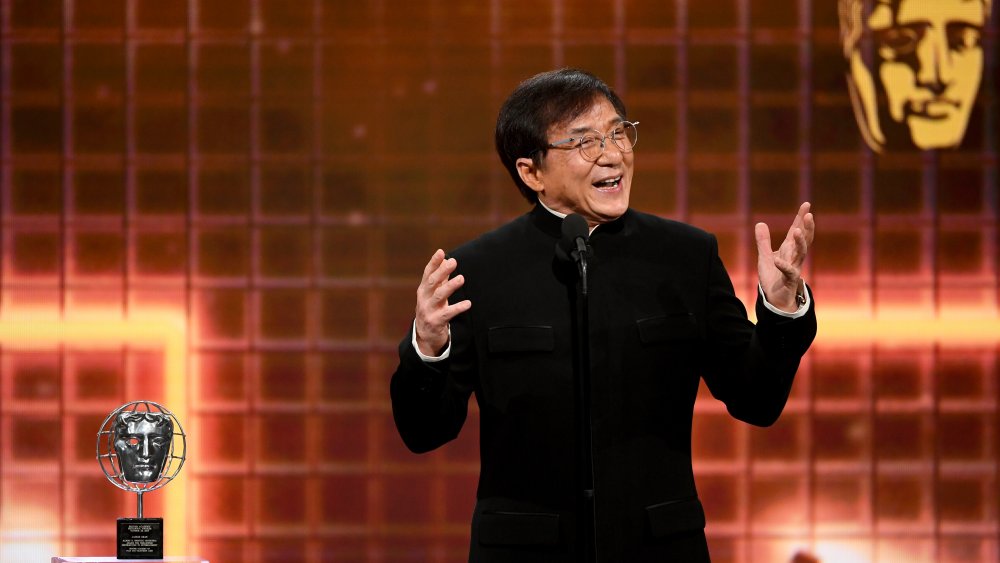In the world of martial arts, Jackie Chan is one of the most prominent figures. Originally from China, Jackie Chan trained under two different grandmasters. One was Yuen Jim-Yuen, a master of Chinese opera. The other is Yuen Woo-Ping, who is famous for his work in Kill Bill, Crouching Tiger, and The Matrix.
kino mutai vs eagle claw tai chi
In the debate over which style is best, you may find many people using the same term to refer to two systems: Eagle Claw and Kino Mutai. Both systems practice the same physical exercises and have similar goals. However, they are not the same. Learn the differences between each style and determine which one is right for you. This article will cover both styles.
The history of the Eagle Claw is not as clear. Although it has its roots in the ancient Chinese martial arts of the Shaolin Temple, the early practitioners of the art were actually trained in the military, and this is how the tradition developed. However, once it was adopted into the Chinese martial arts, it became a family tradition, passed on through generations. With the advent of public martial arts schools, its history lost much of its secrecy.
kino mutai vs mizong chuan
The fundamentals of both types of kung fu vary slightly, but they both rely on continuous biting. A continuous bite not only inflicts pain and injury, it can also cut an opponent’s arteries and cause severe bleeding. The preferred target areas for Kina Mutai practitioners are the face, neck, ear, and groin. The nipple and latissimus dorsi muscle are also popular targets, but many practitioners prefer to use them for a variety of reasons.
Kina Mutai practitioners should begin by learning some fundamental principles. One of these principles is the proper way to bite. A normal person will bite too hard in one bite, but a proper Kina Mutai bite involves applying pressure to the opponent’s incisors and repeating the circular ripping of flesh. If a single small bite is performed incorrectly, the damage caused will be considerable.
hapkido under grand master Jin Pal Kim
Hong Kong-born martial arts actor Jackie Chan studied hapkido under Grandmaster Jin Pal Kim. Kim is a tenth-degree black belt in the art, and was previously the personal bodyguard of former South Korean president Park Chong-Hee. He also trained the special forces of the United States during the Vietnam War. In addition to the martial arts films he’s made, Kim has authored several books.
After he first started studying hapkido in the late 1970s, Grandmaster Kim began teaching the art in the 1990s in Regina, Saskatchewan. His dojang was initially a classroom at the University of Regina, the basement of Little Flower Church on College Avenue, and a gym at St. Mark Elementary School. Later, he moved his dojang to the Cathedral Neighborhood and the City of Regina Recreation Center, before building his first permanent studio on Broad Street. Among his first black belt students were Peter Gee, Bill Hamilton, and Grant Wright. He later graduated Ron Staruiala and Ray Foraie. He was also the instructor of Olympic boxer Andrew Maynard, and Washington Redskin linebacker Ken Harvey.
eagle claw tai chi under grand master Jason Wong
Legendary kung fu practitioner and martial arts instructor, Grandmaster Jason Wong, has trained both Jackie Chan and many other celebrities. He is the son of Dr. Fai Wong, a renowned feng shui expert and an acupuncturist. He also holds a doctorate in allied health sciences. His son, Sifu Jason J. Wong, is a head instructor at the Doc-Fai Wong Martial Arts Center. Having trained under his father since the age of four, Sifu Jason J. Wong has appeared in numerous martial arts publications.
In the 1980’s, Wong was one of the United States’ representatives in the World Championship Push Hands competition in Taiwan. In 1987, Wong’s team was the only U.S. team to win the competition. In 1990, Wong’s team placed second, while in 2004 he took the largest U.S. team, totaling forty people.

